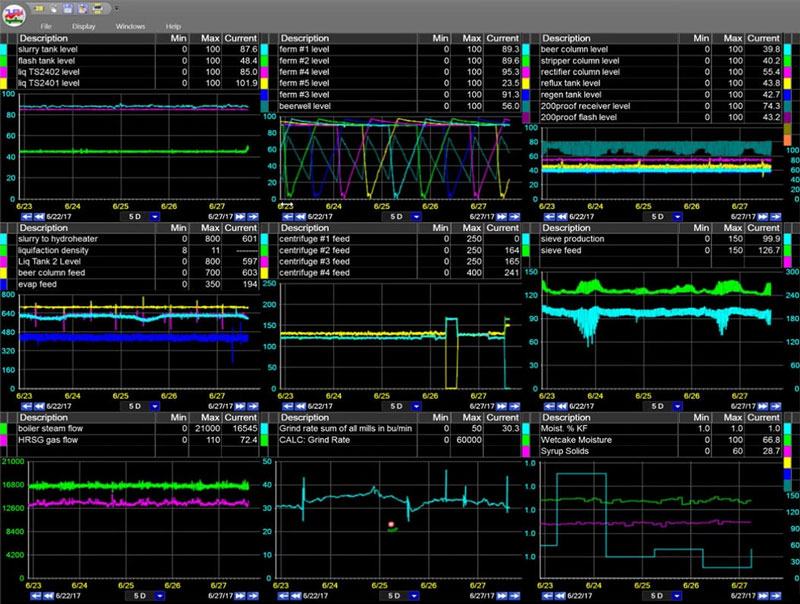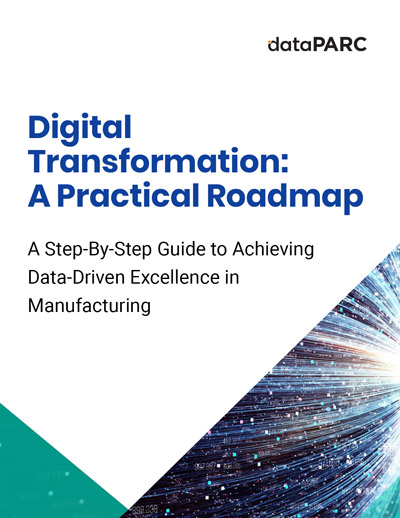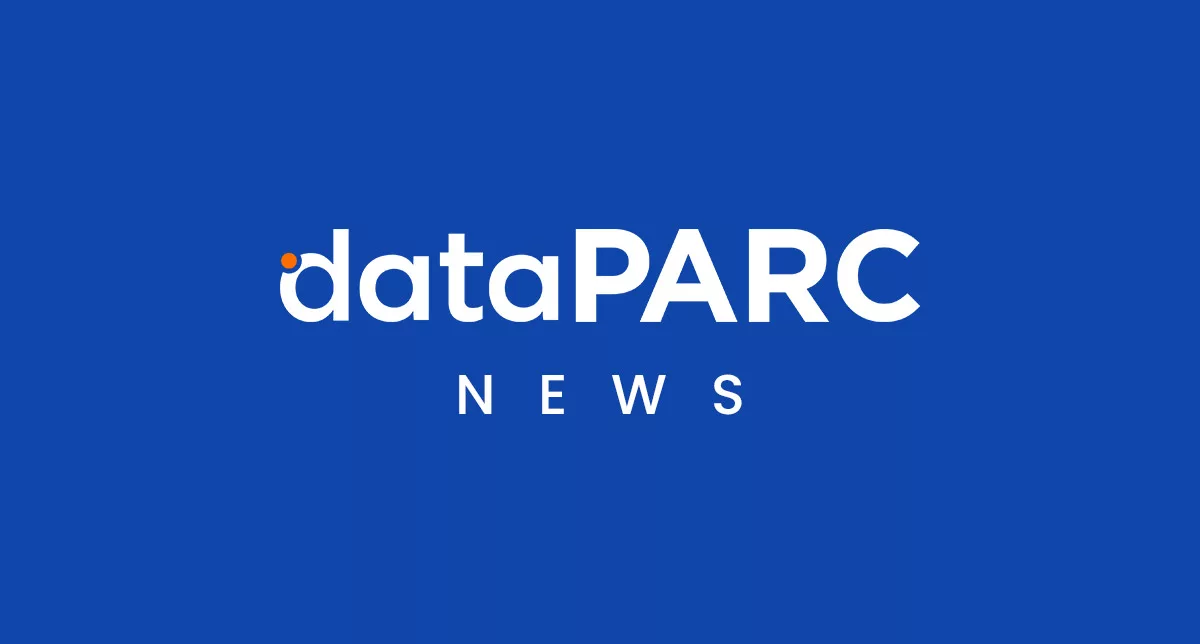One of the challenges facing industrial process along their manufacturing digital transformation is the growing number of data sources.
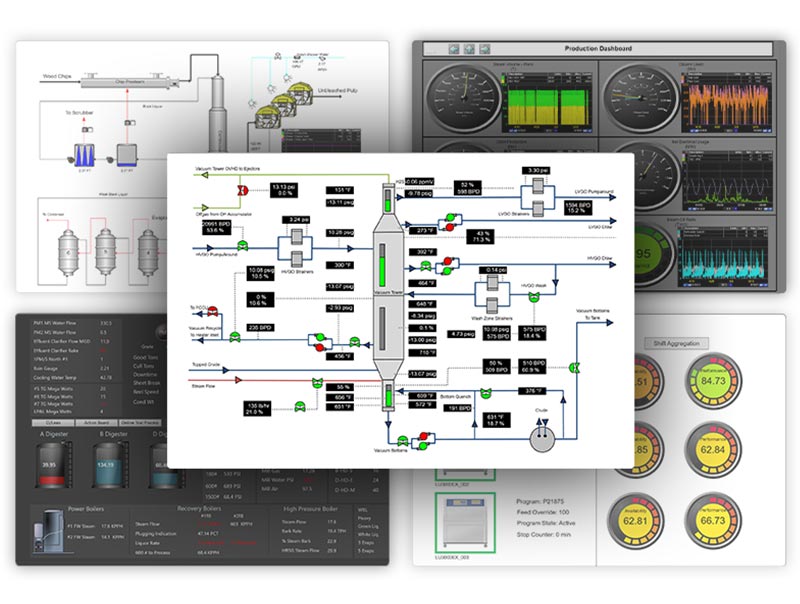
Monitor, report, & analyze production loss from unplanned downtime, poor quality, and performance issues.
Examples of these data sources could be shift reports, process data historians, laboratory information management systems, or manufacturing execution systems. Being able to easily connect disparate data sources for decision-making is a key challenge in the age of IIOT.
The lack of connection of these data sources and the creation of data silos is one version of the “big data” problem we hear about.Linking and integrating these sources together is a factor of creating a ready data ecosystem for AI.
In industrial plants, instruments have typically been connected via a Distributed Control System (DCS) a computerized control system for a process or plant usually with a large number of control loops, in which autonomous controllers are distributed throughout the system, with centralized operator supervisory control.
For decades, process data historians have been collecting that data and storing it for long periods of time. The collected data previously served as the main source for plant and operations data analysis and enabled plant personnel and management to understand what was happening in the plant, and through that information and analysis, make decisions to improve the plant operations.
An important source of information that we don’t often hear about is a Computerized Maintenance Management System, otherwise known as CMMS. The CMMS is a software package that maintains a computer database of information about an organization’s maintenance operations, information intended to help maintenance workers do their jobs more effectively. An example, could be determining which machines require maintenance and which storerooms contain the spare parts they need.
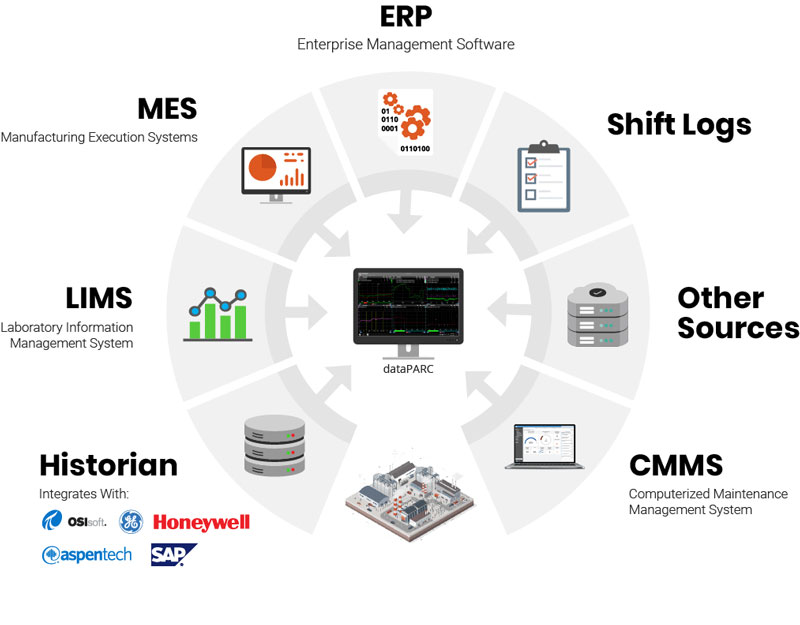
A CMMS is computer software designed to simplify maintenance management. CMMS stands for Computerized Maintenance Management System (or Software) and is sometimes referred to as Enterprise Asset Management (EAM).
Over time, other data sources became common in plants. One example is a LIMS, Laboratory Information Management System, a software-based information management tool for laboratories. The LIMS data assisted plant personnel by delivering information about the quality of the produced product. The LIMS data added an additional layer of data to the data already in the historian. By creating effective interfaces between LIMS and the historian, decision- making became easier and more accessible.
Historically, both the LIMS and DCS data sources provided the two main sources of plant information. Going forward, we see the CMMS as providing a third. A common scenario could be plant personnel asking about the maintenance record for a physical asset such as a boiler. The subject matter expert (SME) used the available plant information, determined the root-cause is a particular physical asset needs repairs and a deeper dive into the issue is required.
If available information within the CMMS states that the repair was scheduled, the SME can focus attention elsewhere. Knowledge that the repair has been performed frequently in the past would also draw attention to a larger problem that needs to be addressed. Most of the time this valuable repair history is either not accessible or user-friendly to the SME. Easily and accurately providing this information from the same decision support application already linked to the Historian and LIMS will provide immense value to the plant by connecting data and thus making decision making more informed.
A host of automated solutions available today are trying to solve “big data” problems, problems that often result from large amounts of data that may need to be analyzed and acted upon, through artificial intelligence (AI) and machine learning (ML) techniques.
While AI and ML provide some effective solutions, human problem solving and judgment is necessary in most scenarios. The key to using AI and ML tools in a meaningful way is having people with the knowledge to seek out the right solution and understand the results. A key to successfully leveraging the SME’s skills and solving problems is effectively delivering the right data to answer the questions they are asking. SMEs are empowered when information from various sources throughout a plant is all available within a single, user-friendly interface of a powerful and effective CMMS.

